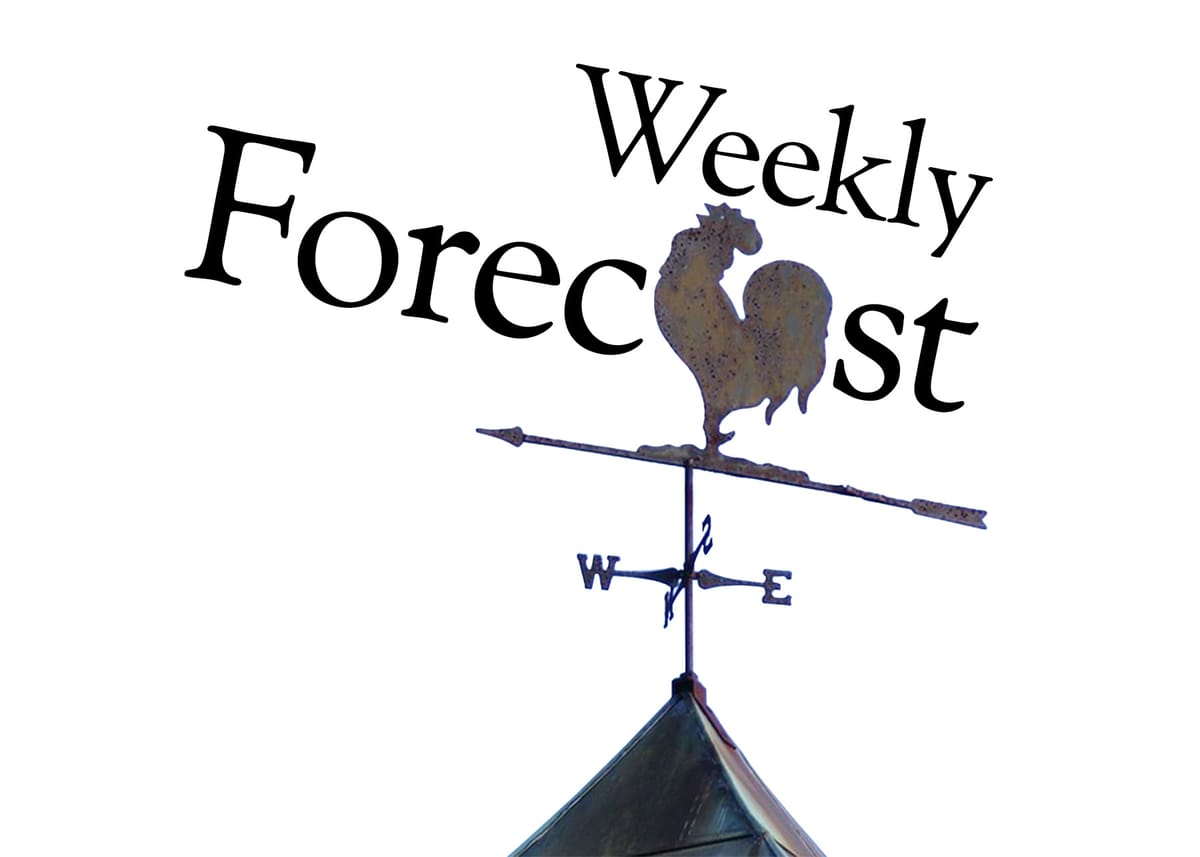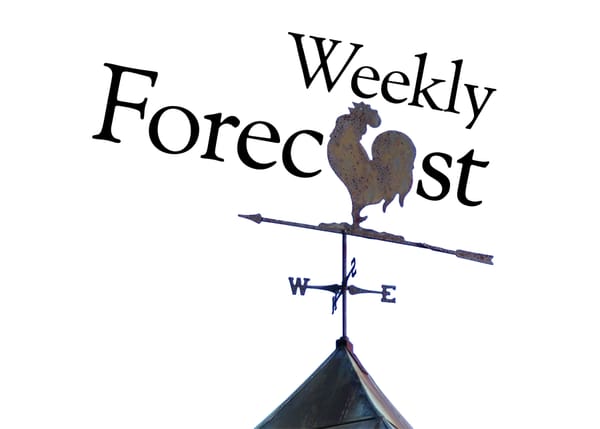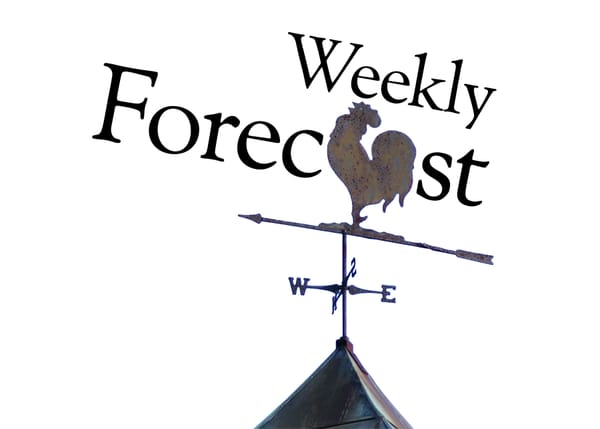November 10 - Ostrich Forecast
A long lecture and a coming adventure.

"You've heard of the Cordilleran ice sheet, I assume," said our weatherman, to start off our weekly meeting.
"Oh that old thing," I said, trying not to look baffled.
This happens every week. He'll launch into some long-winded story, while I look at my watch, wondering how to steer him back to the forecast, only to realize he's been building up to the forecast the whole time.
"Well," he said, "the inland route theory has entirely gone to shit."
Apparently, as I learned in the lecture that followed, the first North Americans lived in Beringia (present-day Alaska, give or take) where the land was cold but clear. To the south of Beringia, the way was blocked by a wall of impassible ice. Two massive glaciers, tall, jagged ice sheets, covered modern Canada from coast to coast. But, somehow, during that time, folks showed up in the lower continent, south of the ice sheets, and the question is—how?
There are two possible answers, and archaeologists like one of them best, which is: they walked. Archaeologists have never loved the other possibility: they came on boats.
As to why they that is, it's complicated. First there's the pesky Eurocentrism. If Northern Europeans were living in caves 18,000 years ago, eating berries, hunting with spears, drawing on the walls, and notably not building ships, their Asian-Pacific counterparts could not have been out on the ocean. But there's another reason, simpler and more convincing. To arrive at the shores of the Pacific Northwest by boat, at the time when people did arrive, you'd have to cross the Pacific directly, or paddle south along the ice sheet during the Last Glacial Maximum, which are not things anyone would do casually.
A likelier explanation, researchers thought, was that people walked through a gap between the Laurentide and Cordilleran ice sheets. And there was such a gap, once the sheets began to recede, a convenient route from Beringia to present-day Montana, so there you go, the obvious path of migration.
Except. Dwellings found in Oregon have been dated to a time before the gap was supposed to be open. Which had to be an error.
Now we have this latest news, the story our weatherman was excited about, a study of environmental DNA, which dated the arrival of plants to that gap between the ice sheets. And it's pretty clear that there weren't any plants or animals there, nothing that might sustain a group of travelers, until after people were enjoying life on the far side of the ice. So, maybe they came south on a coastal route, on foot, down the edge of a glacier that was melting and freezing, calving icebergs, and being super cliffy like ice sheets do. Realistically, you know that's not it. It's boats. The answer is boats.
Although the ice sheet extended well out from the continent, researchers (what, you want names? Fine, Summer K. Praetorius et al.) say there were periods when the ocean currents, sea ice, and available food were all compatible with a southward marine migration, though "compatible" is doing a lot of work there. If that's how people came south, whether all at once or over generations, it was a badass journey undertaken by badasses.
And this is where our weatherman brought his story back around. He tells me that his forecasting model indicates an upcoming journey through the treacherous unknown.
Metaphorically or literally, individually or together, it may feel like we're on a little tiny raft in the ocean, with ice cliffs on one side and icebergs on the other, and we'll have to do our best to pick our way through. With luck, the seals and fish and albatross will see us through to a safe landing. While our weatherman can't tell us if a welcoming shore is or isn't beyond the horizon, he says we can expect acceptable winds and favorable currents, at least through the end of the week.





